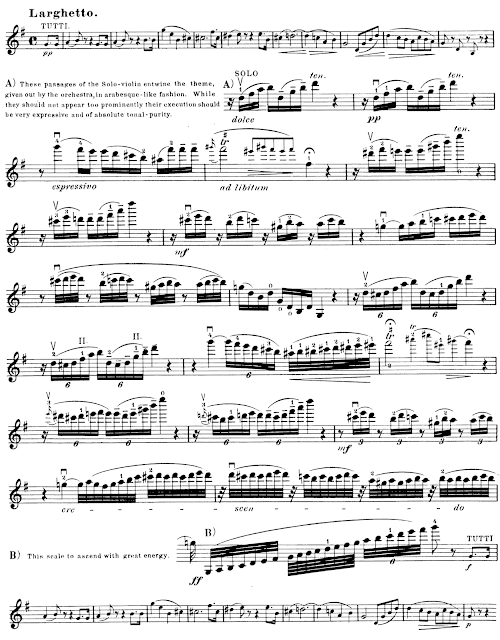Melbourne Chamber Orchestra
Deakin Edge
Saturday 13 June 2015
Some people are given music for their birthdays. My mum was
given a shiny new piano trio written by Benjamin Martin for her 90th. She can’t
read it and I get lost at about page 1.5 even when Seraphim Trio are playing
it. But she likes it because the first two pages of the manuscript hang in her
room.
William Hennessy was given an auto-performance of Beethoven’s
Violin Concerto for his 60th (he’s really quite young). It was a
sort of self-gift because he’s artistic director of MCO.
In September last year the conversation went something like,
‘Next year we’re gunna do the Beethoven.’
‘Which number?’
‘Nine. Just joking, just joking.’
‘Right. Who’s on the piano?’
‘You mean, Who’s
on the fiddle?’
‘Right. Who’s on the fiddle?’
‘Me. It’s for my 60th.’
‘Ah! Right. And since
you have a Melba complex, we’re gunna play it all round the State.’
‘Correct.’
So we, the Saturday audience, saw and heard Hennessy’s
wonderful birthday gift. The thing we didn’t see until the end was a second present,
a Haydn’s concerto – or at least its second movement.
Young Mr Dahlenberg got a gift too: the conducting gig.
Everyone, including me, was happy, and that’s important. I’ve
paid good pensioner-money for my seat so I hafta enjoy it.
Mr Hennessy didn’t need a white bow tie (and YMD knew he’d
just look silly behind one) to tell us he was a master. We knew it from his quiet,
absolutely controlled entry (I could see, mentally, he’d been away somewhere
for a couple of minutes while the orchestra set the landscape for him) and we
knew it in part, until we got to the second movement, from the cadenzas.
Beethoven had started slow because of the four notes of the tympanist
(try arguing with the tympani) and I was worried until I realised YMD had it
under control. He had the wonderful valveless trumpets – they had been a bit
dominant in Haydn’s witty (the violins tune up in the fifth movement) 60th
Symphony before the long break – under control too. He built the tempo
gradually to that which is slower than many contemporary recordings (I can play
this faster than you and bugger the definition) but I had no problem with that.
It worked. It was a stately but exciting performance. Powerful.
 |
| Beethoven Violin Concerto Op. 61 1st mvt |
The second and third movements (no break) built to pure
magic. Everyone knew what they were doing. The baroque trumpets, less harsh
than a modern trumpet, welded themselves to the bassoon and the horns as if
they’d been bred together. The strings, of course, were flawless but we knew
that would be the case before they came on stage. Hennessy was totally master
here. It was as if legato was his
middle name and that, with his controlled phrasing, made the second emotionally
intense.
 |
| Beethoven Violin Concerto Op. 61 2nd mvt |
If that wasn’t enough, the encore piece, the second, adagio
movement of Haydn’s C major concerto followed.
Encores can destroy the atmosphere that a musician has spent
half an hour crafting. This encore piece established and built the classical, emotional
atmosphere of Beethoven and reinforced it. The Haydn concerto is firmly baroque
but in Hennessy’s hands it was firmly baroque-tending-to-romantic. The
performance was spell-binding. The seven second silence that the conductor
asked for – and was given – demonstrated that.
William Hennessy has a long and distinguished history of strings
education and performance in this State.
Repeated Sunday 14 June at Elizabeth Murdoch Hall
then up (and down) country Victoria.
No comments:
Post a Comment